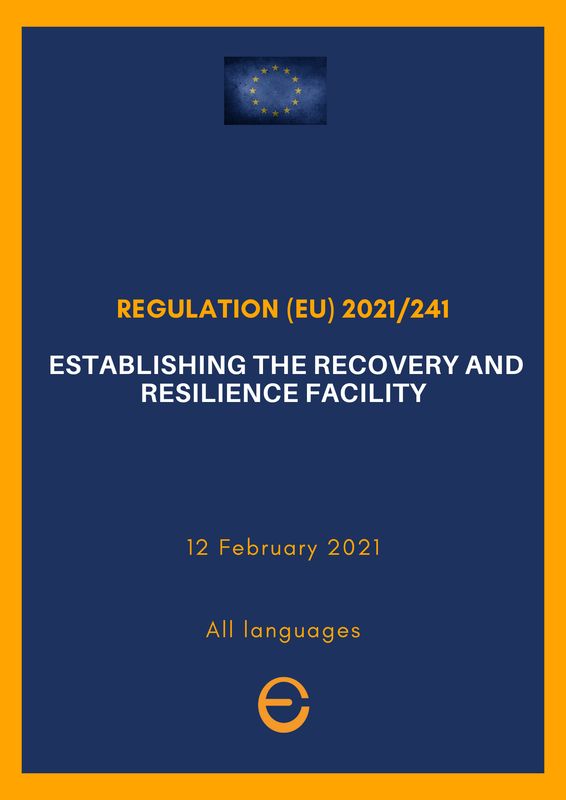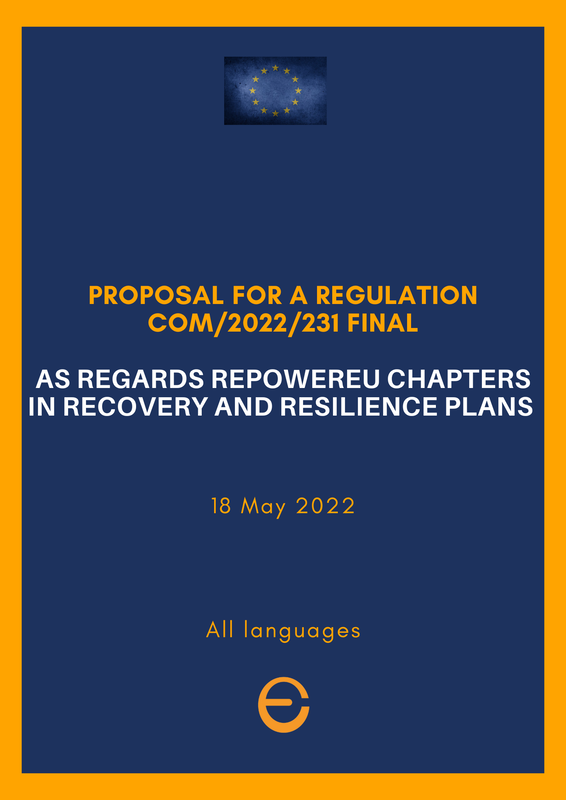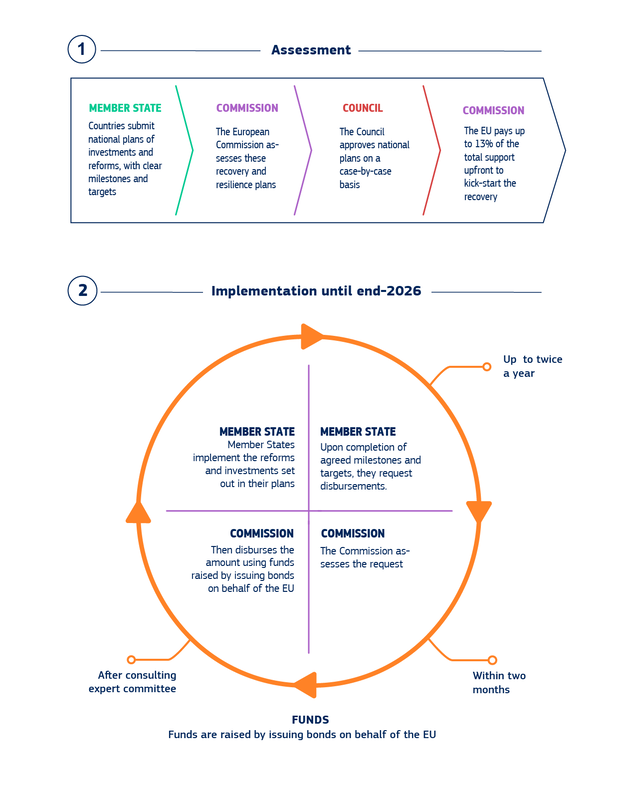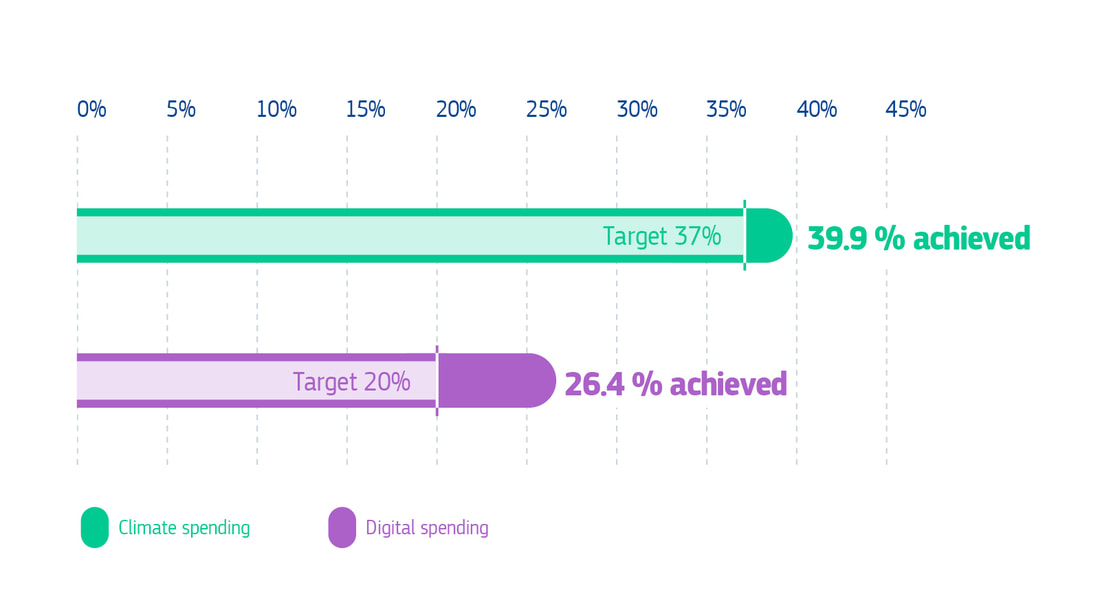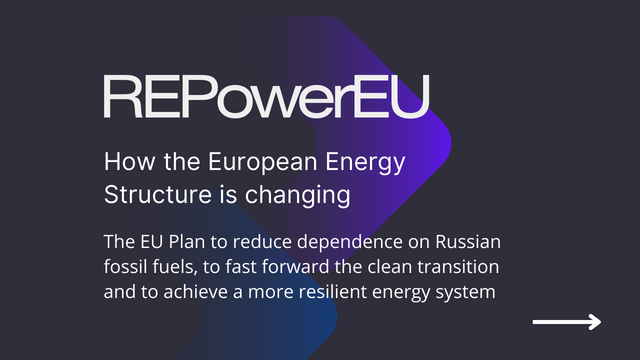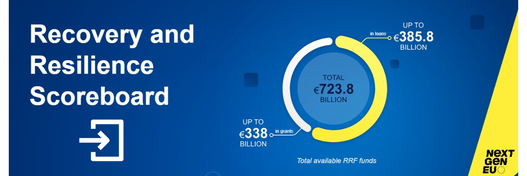|
Brussels, |
|
Recovery and Resilience Facility (RRF)
As part of a wide-ranging response to the Coronavirus Pandemic, the aim of the Recovery and Resilience Facility is to mitigate the economic and social impact of the coronavirus pandemic and make European economies and societies more sustainable, resilient and better prepared for the challenges and opportunities of the green and digital transitions
2021-2027 Budget: € 723.82 billion (under NextGenerationEU)
|
The Programme The Recovery and Resilience Facility will make €723.8 billion in loans and grants available to support reforms and investments undertaken by EU Member States. The aim is to mitigate the economic and social impact of the coronavirus pandemic and make European economies and societies more sustainable, resilient and better prepared for the challenges and opportunities of the green and digital transitions. Member States are developing respective recovery and resilience plans, with a coherent package of reforms and public investment projects. To benefit from the support of the facility, these reforms and investments should be implemented by 2026. Member States' recovery and resilience plans should effectively address challenges identified in the European Semester, particularly the country-specific recommendations adopted by the Council. The plans should also include measures to address the challenges and reap the benefits of the green and digital transitions. |
|
The scope of application of the Facility shall refer to policy areas of European relevance structured in six pillars:
On 18 May 2022, the Commission proposed to make targeted amendments to the RRF Regulation to integrate dedicated REPowerEU chapters in Member States' existing RRPs. This comes in addition to the large number of relevant reforms and investments which are already in the RRPs. It also published a revised Guidance document on Recovery and Resilience Plans in the context of REPowerEU.The proposal is still under examination by the Council (4 October 2022). |
|
How does it work?
The RRF entered into force on 19 February 2021. It finances reforms and investments in Member States from the start of the pandemic in February 2020 until 31 December 2026. To finance NextGenerationEU, the European Commission, on behalf of the EU, will borrow on the capital markets. To benefit from the support of the Facility, Member States submit their recovery and resilience plans to the European Commission. Each plan sets out the reforms and investments to be implemented by end-2026 and Member States can receive financing up to a previously agreed allocation. Each plan should effectively address challenges identified in the European Semester, particularly the country-specific recommendations of 2019 and 2020 adopted by the Council. It should also advance the green and digital transitions and make Member States’ economies and societies more resilient. The Recovery and Resilience Facility is performance based. Fulfilment of agreed milestones and targets towards achieving the reforms and investments in the plans will unlock regular payment. |
Climate and digital goals achieved and exceeded!
The RRF helps the EU achieve its target of climate neutrality by 2050 and sets Europe on a path of digital transition, creating jobs and spurring growth in the process. The visual below shows that Member States have allocated almost 40% of the spending in their plans to climate measures and more than 26% on the digital transition across the 22 recovery and resilience plans approved so far. This exceeds the agreed targets of 37% for climate and 20% for digital spending.
|
Energy: New RRF Goal
As explaind before, after the Russia's invasion of Ukraine, RRF is also at the heart of the implementation of the REPowerEU Plan, the Commission’s response to the socio-economic hardships and global energy market disruption caused by Russia's invasion of Ukraine. In this respect, on 18 May 2022, the Commission proposed to make targeted amendments to the RRF Regulation to integrate dedicated REPowerEU chapters in Member States' existing RRPs. This comes in addition to the large number of relevant reforms and investments which are already in the RRPs. It also published a revised Guidance document on Recovery and Resilience Plans in the context of REPowerEU. |
Management mode
Direct and indirect management
Direct and indirect management

